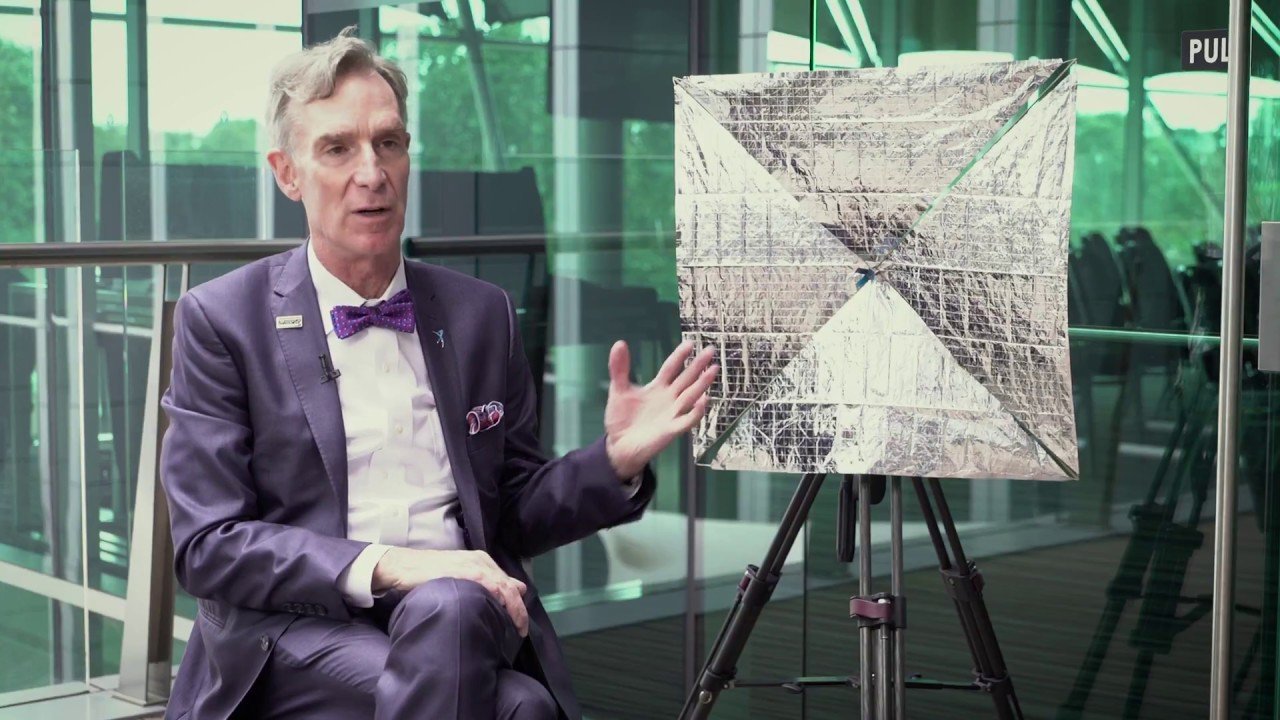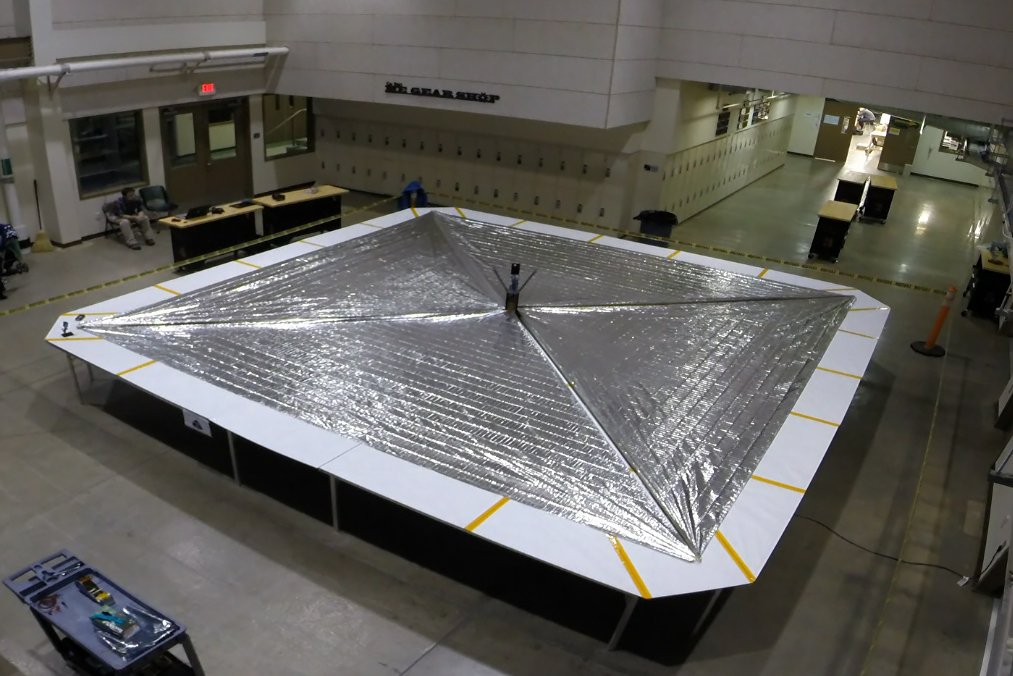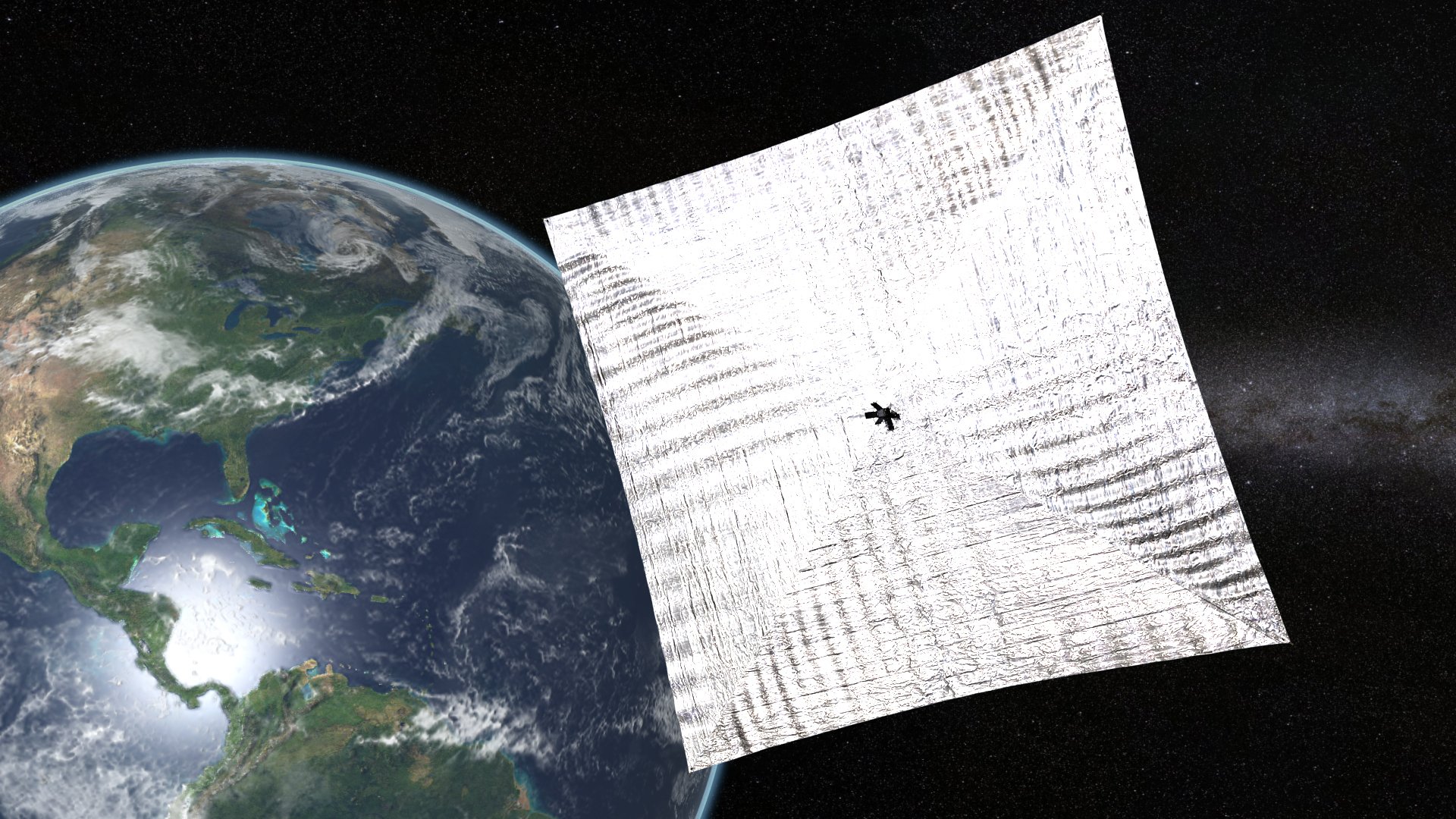© 2000-2023 - Enkey Magazine - All rights reserved
ENKEY SNC - VAT ID IT03202450924 / REA Code CA253701 - Phone. 078162719
A real solar sail that is going into the space, it seems one of the most trivial science-fiction movie, but it is reality: it’s LightSail.
LightSail and Planetary Society
The one that in less than one month will leave toward the space, pushed by the only force of our Star is the LightSail 2, the spaceship of the company Planetary Society. It’s a small CubeSat which is jsut few decimeters big and it weights 5 kg. Once arrived in the space LightSail will unfold its unique solar sail, which will gently push it toward the infinite, to demonstrate once for all the real power of the Sun.
Bill Nye, CEO of the Planetary Society announced the upcoming launch: “Forty years ago Carl Sagan hypothesized that spaceships colud be pushed by the Sun’s powerful, and it is what the Planetary Society it’s trying to do”.

The Planetary Society is a company fully financied by passionated, 50.000 members drawn by the ideas and the projects that the company would like to realize.
“We’re changing the world. Are you in?” – Bill Nye
The solar sail is so the dream of all those passionated that joined the project and that strongly believe on it. “For centuries, people have dreamed of traveling the cosmos using solar sails. In the 2019, the Planetary Society’s LightSail 2 will help make that dream a reality by attempting the first, controlled solar sail flight in Earth orbit”.
The launch
The launch of the LightSail is predicted for the 22nd of June of the 2019, from the Kennedy Space Center, in Florida. To bring the small CubeSat to the right altitude it will be the Falcon Heavy of SpaceX. After that the cube will unfold its own sail and its only source of energy will be the Sun.
The unfolding phase, anyway, will be a slow and mild process. It will reach its first orbit, where it will be for few days, during which it will start to unfold the panels and the support structures. At last will open the solar sail, especially the four portions that compose the solar sail.
This has been realized in poplyethylene terephthalate, a substance as much light as strong. When the operation will be finished its surface will be 32 square meters.

Now the LightSail is ready to let the solar particles push itself. The push of them, here, at 720 kilometers of altitude, should be higher than the gravity force. It will so be able to leave its first orbit and to move toward the second one.
During those phases the reflex of the solar sail will be visible from the 42° parallel, so, even from the Centre-South Italy.
The Sun’s force
LightSail is even a small laboratory, a miniaturized satellite of the size of a small household appliance, with cameras, sensors and control’s systems. But the real mission of LightSail is to demonstrate the powerful of the Sun.
It isn’t the first attempt of the Planetary Society. A first satellite was launched in the 2005, but it never arrived in orbit, due to some problems in the launching phase. The second attempt dates back to the 2015, the LightSail 1 arrived in orbit and it was able to successful unfold the sails. But the LightSail 2 it’s the first solar sail to be controlled.

But how does it work the solar push? Like the same name of the spaceship says, it will use the force of the Sun’s light. A really complicated concept. In reality are the photons that compose the light that will push it. They don’t have mass, but an enough quantity of motion to be transfer on other objects.
A dream that many people hope will become reality. The success of the mission, infact, will mean a real and concrete possibility to travel the space without using fuels, or at least with a really reduced quantity of them.
And infact, we won’t wait so long for some possible usages. If everything goes well the solar sail will be used between the 2020 and the 2021 for the probe NEA Scout of the NASA, which has to go on an asteroide.
This post is also available in:
 Italiano
Italiano

